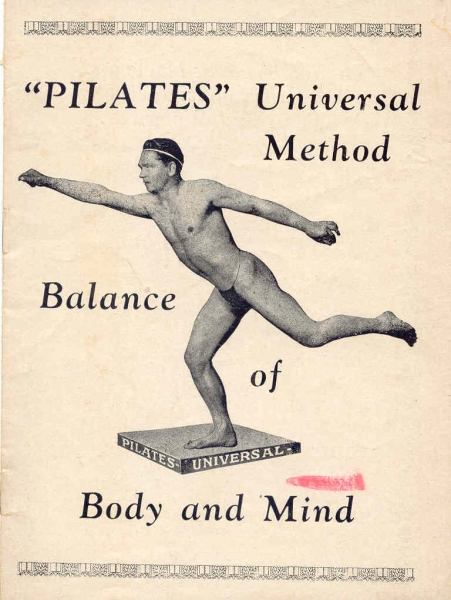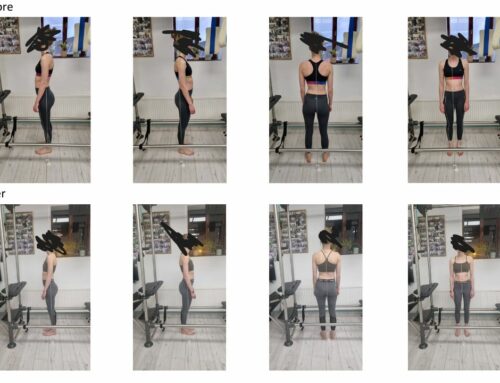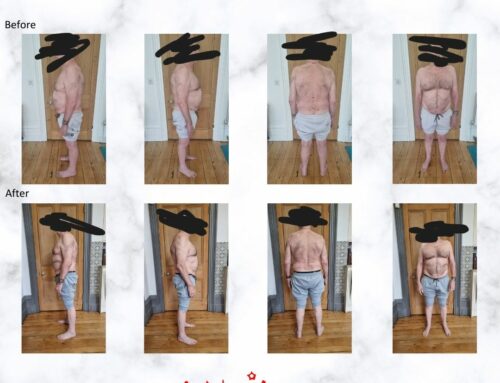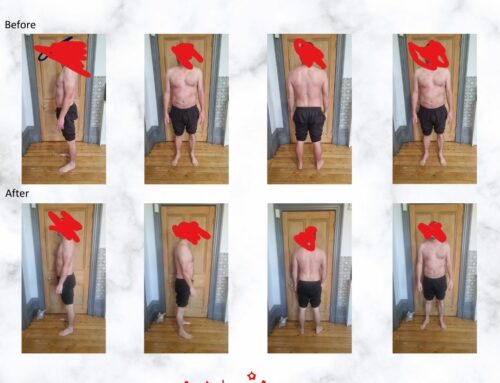Can you really achieve healing and postural results on the body during a small period of time?
Medical studies tell us that a minimum of twelve weeks is required to achieve effective recovery and tissue adaptation. All our studios offer twelve week courses, any less than this and the client will not achieve long term benefits that can be sustained. Our Pilates apparatus sessions focus on eccentric strengthening and contractions. Eccentric contractions are the opposite of concentric and occur when the muscle lengthens as it contracts. This is less common and usually involves the control or deceleration of a movement being initiated by the eccentric muscles agonist. For example, when kicking a football, the Quadriceps muscle contracts concentrically to straighten the knee and the Hamstrings contract eccentrically to decelerate the motion of the lower limb. This type on contraction puts a lot of strain through the muscle and is commonly involved in muscle injuries.
ECCENTRIC TRAINING
What does concentric and eccentric training mean? Concentric and eccentric are used to refer to the muscle fibres when lifting a weight. When muscle fibres shorten this is said to be concentric use of the muscle. When the muscle fibres lengthen this is said to eccentric use of the muscle. For example, when performing a bicep curl the muscle fibres shorten (concentric contraction) when lifting the weight and lengthen (eccentric contraction) when lowering the weight. More eccentric muscle actions can be seen when strength training using free weights, body weight exercises and non-hydraulic exercise and spring machines.
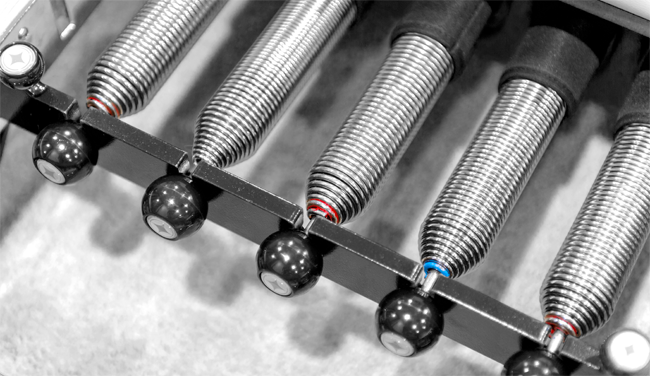
Most of the activities in life use both type of muscles actions, concentric and eccentric. For example, climbing up stairs works the quadriceps concentrically and walking down stairs works them eccentrically. Picking up a child or laundry basket involve concentric actions of the muscles in your body while lowering the child or laundry basket involve eccentric actions. It seems reasonable to train muscles both concentrically and eccentrically to achieve maximum benefit.
Adding some eccentric training to weight training can help with creating lean body mass and increase muscle strength and tone.
Benefits of eccentric training:
Greater increase in strength.
Training both concentrically and eccentrically will result in greater strength faster than with just concentric training. Combined concentric and eccentric training using multiple sets with higher repetitions results in greater gains in muscular endurance.
Greater muscle hypertrophy, enlargement of muscle due to resistance training.
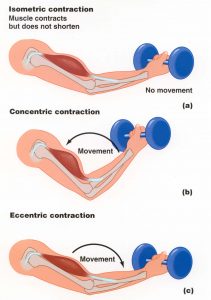
The stimulus for muscle growth is microtrauma to the muscle fibres following exercise. The process of lengthening (eccentric training) during a contraction increases the amount of microtrauma the muscle experiences which stimulates the muscle to rebuild and thus increase muscle fibre size. Concentric training induces some microtrauma. The combination of concentric and eccentric training over the same period of time offers, more effective promotion of muscle growth.
The eccentric contractions have shown to cause more effective muscle stimulation and breakdown of muscle fibres than concentric contractions. Not only can eccentric contraction help build muscle faster and more efficiently, eccentric contractions require less oxygen which means eccentric muscle training puts less stress on the heart and is less likely to cause rises in blood pressure.
Most of us are used to the more traditional concentric contraction. i.e. lifting a weight when doing a bicep curl. Many Pilates exercises involve both concentric and eccentric contractions. For example when working on the reformer, working against the spring tension usually a concentric contraction is being performed. However, when there is a release of resistance, spring tension releases, controlling the release of the spring tension creates an eccentric contraction.

